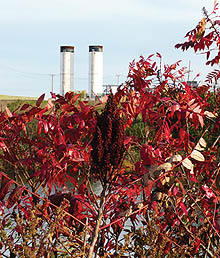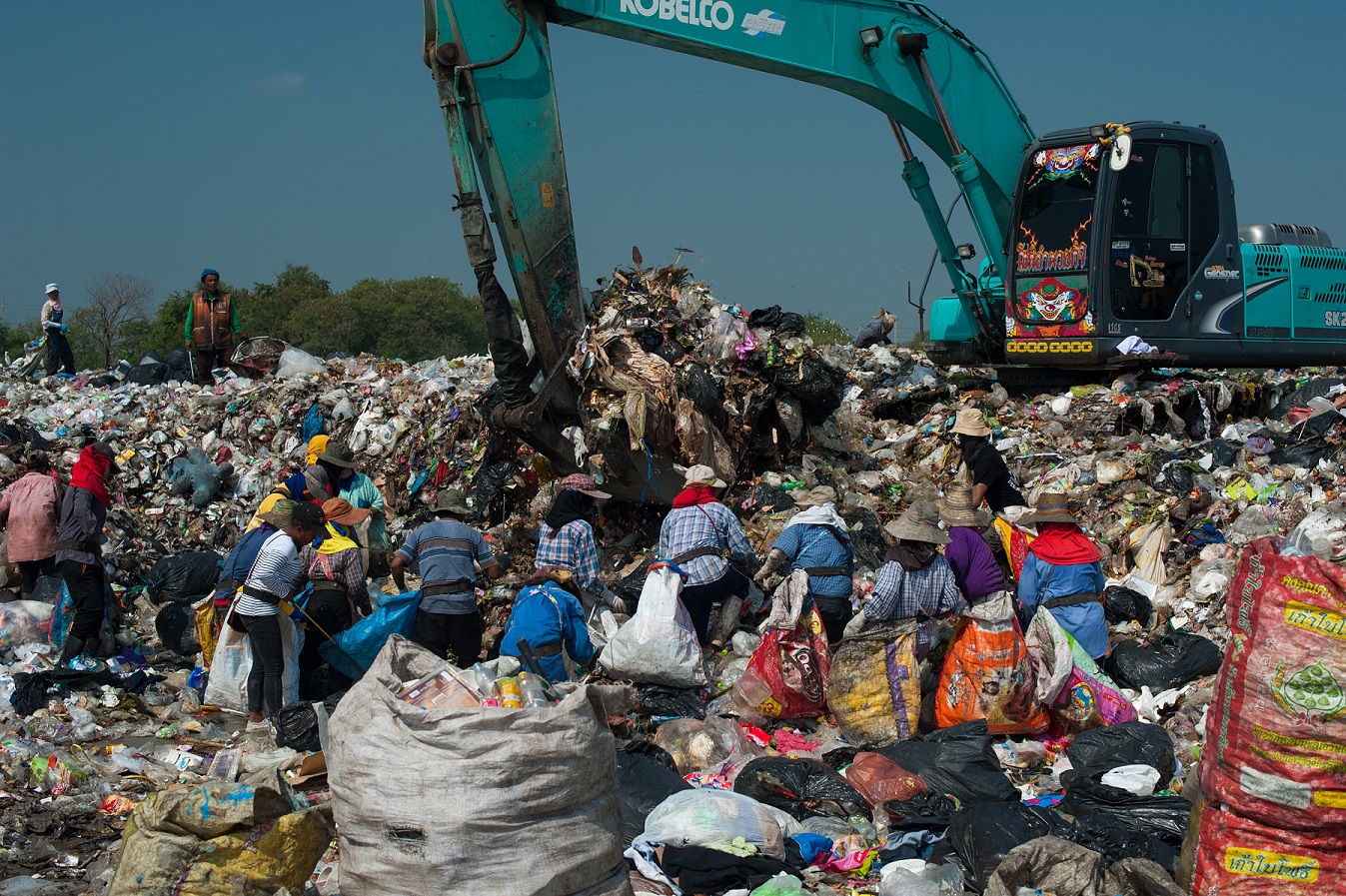Fresh Kills landfill on Staten Island was once the world’s largest dump. One day, it will be New York City’s largest park and a model for landfill reclamation around the world.
For 50 years, thousands of tons of garbage arrived at the landfill every day by barge and truck until it was piled 17 stories high. Today, nearly 10 ten years after it closed, the garbage is being sculpted into 2,200 acres of meadows, wetlands, and rolling hills, some already covered with flowers and tall grasses that bend in the breeze.
Although many people see landfills as a scar on the landscape, they are here to stay. Recycling seems embedded in modern American life, yet our wastebaskets and garbage cans overflow with things that should not, cannot, and will not be recycled. For those, we have landfills.
When landfills eventually close, the land they occupy can be extremely valuable, especially if it is in a densely populated urban area. This is the case with Fresh Kills and potentially with other landfills in some of the world’s largest and most populous mega-cities. While New York City has retained the land for a park, in the future such parcels might be sold to private investors.

Work on the surface will take 30 years to complete. The park is closed to the public, but already birders are pressing up against the chainlink fences, and curious visitors are taking occasional tours organized by the parks and the sanitation departments. Eventually, the site will serve scientific, cultural, and recreational needs. It will be a living laboratory for botanical and biological research and will provide nurseries for native plants. Art installations will be on view, and venues will be available for dance and musical performances. There will be playing fields, basketball courts, mountain biking trails, and horseback riding facilities. There will be grassy meadows with views, picnic areas and playgrounds, and even that’s not all.
In the future, landfills like Fresh Kills may not be a park. Reclaimed landfills might be sold for malls, research complexes, stadiums, or whatever the market demands, but for now, Fresh Kills is showing the world the enormous potential in former garbage dumps.



